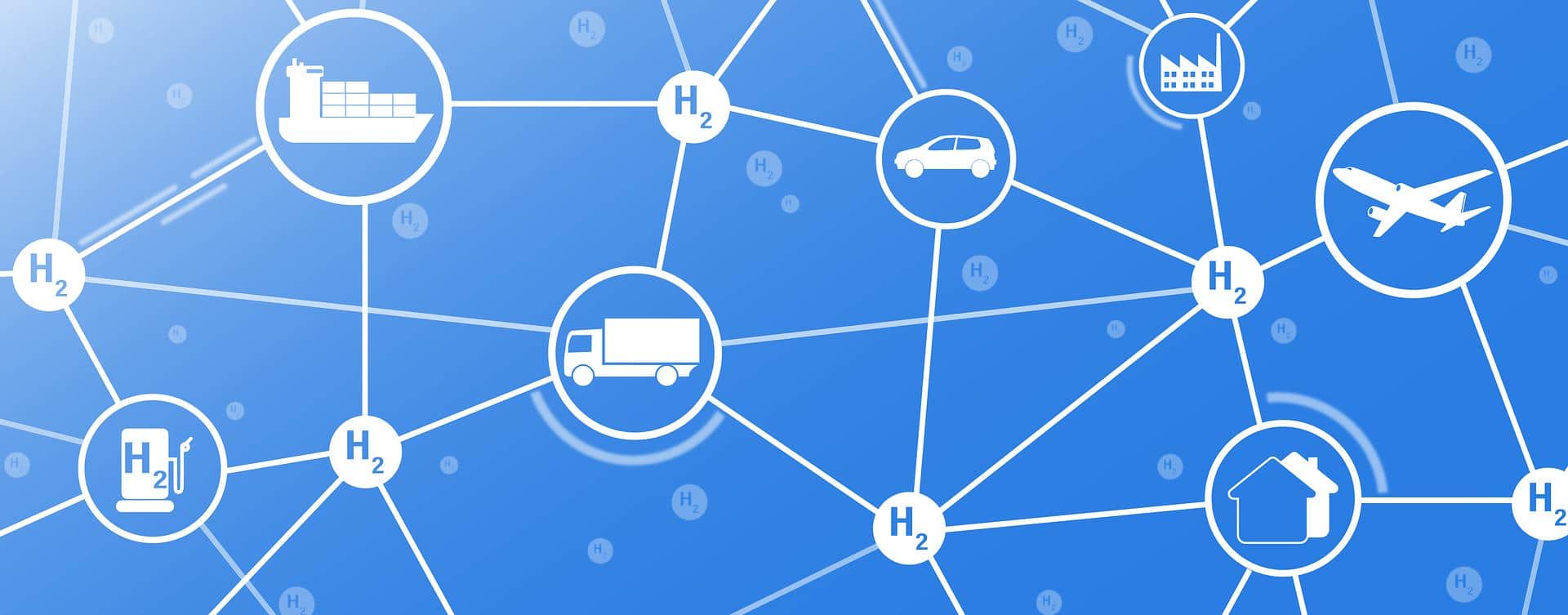U.S. Energy Department National Lab Pursues Efforts to Produce Hydrogen From Fossil Energy Resources

The National Energy Technology Laboratory on Jan. 24 announced that its Strategic Systems Analysis & Engineering, or SSAE, researchers are working towards using fossil energy resources to produce hydrogen by adopting advanced hydrogen production and carbon capture technologies. The new initiative by the Energy Department national lab is expected to expand the use of fossil-fuel derived hydrogen in decarbonizing the transportation sector, and offer hydrogen as a fuel for industrial applications.
The agency launched its “Hydrogen Energy EarthShot” initiative in June 2021, which seeks to lower the cost of clean hydrogen by 80 percent to $1 per kilogram by 2030, down from the current level of $5 per kilogram. In line with the Biden administration’s vision of establishing a net carbon-free economy by 2050, this initiative would create jobs and stimulate the economy.
SSAE is evaluating possible technology and market scenarios to help achieve the goal of reducing greenhouse gas emissions while meeting the hydrogen production cost target. Researchers are exploring the use of waste coal and natural gas as primary feedstocks, as well as blending them with biofuels. The program is also working upon improving the technology, feedstock choices, marketability of byproducts, and investment involved. Notably, the “variable renewable energy-low temperature electrolysis,” a competing hydrogen-making process, is being considered because of its cost-saving potential.
In addition to examining the viability of natural gas-based hydrogen production, the agency is researching the possibility of building units near gas wells to reduce lifecycle greenhouse gas emissions associated with production and transport. Similarly, the agency is evaluating the economic, environmental, and social perspectives of energy systems, while the Process Systems Engineering and Subsurface teams are focused on the areas of process improvement and optimization, as well as carbon dioxide transport and storage costs.
EnerKnol Pulses like this one are powered by the EnerKnol Platform—the first comprehensive database for real-time energy policy tracking. Sign up for a free trial below for access to key regulatory data and deep industry insights across the energy spectrum.
ACCESS FREE TRIAL